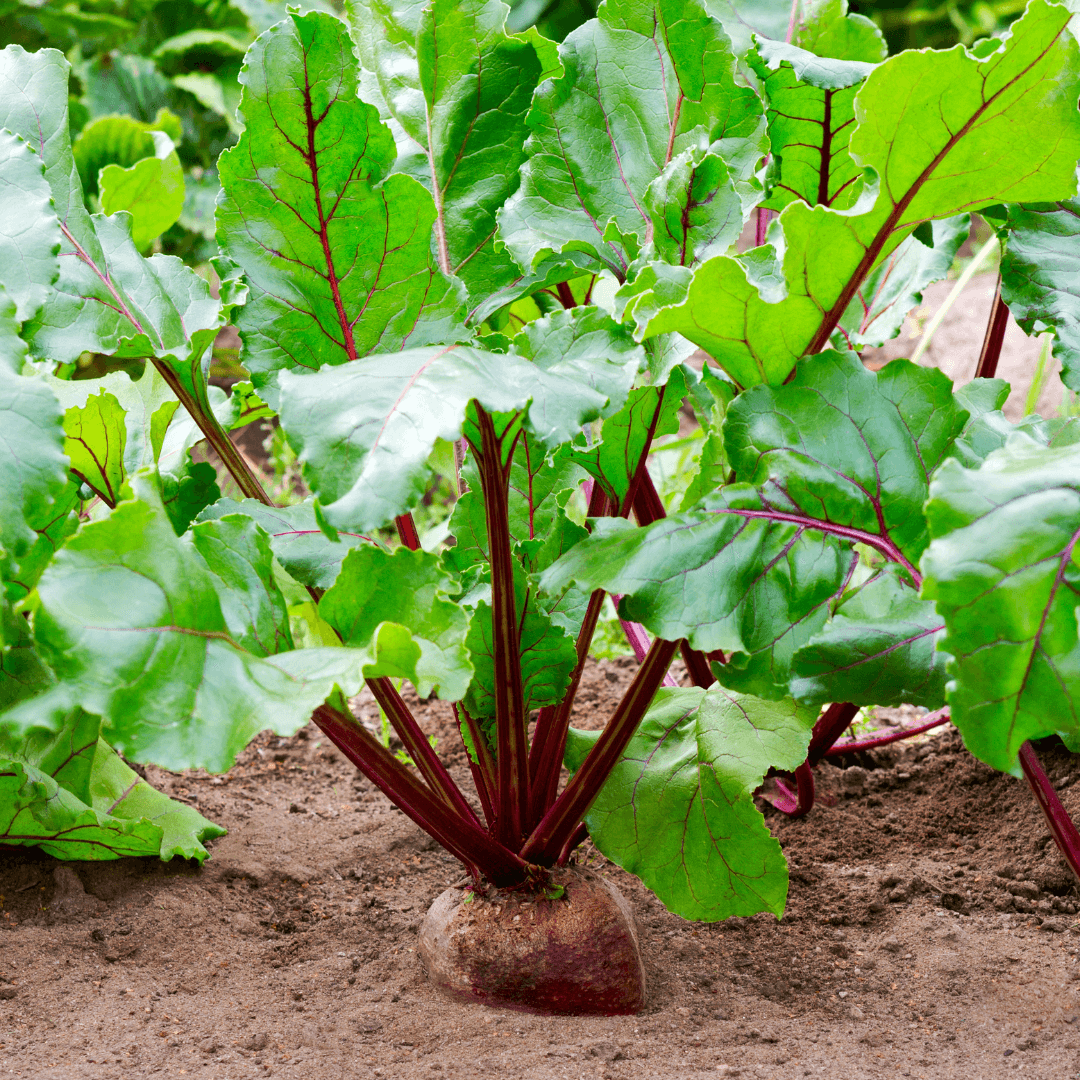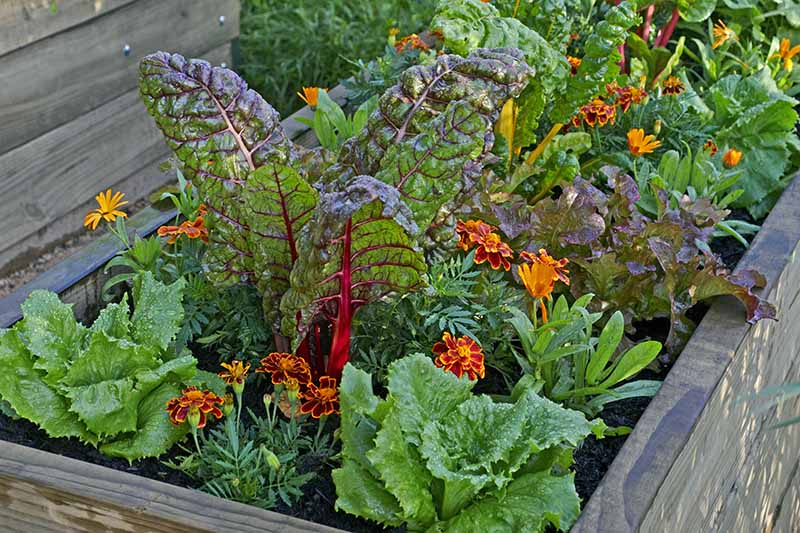The Ultimate Guide To Chinese Broccoli Companion Planting
The Ultimate Guide to Chinese Broccoli Companion Planting
Chinese broccoli, also known as gai lan or kailaan, is a delicious and nutritious vegetable that is easy to grow in the garden. It is a member of the Brassicaceae family, which also includes broccoli, cabbage, and kale. Chinese broccoli is a cool-season crop that can be grown in most parts of the United States.
One of the best ways to ensure a successful harvest of Chinese broccoli is to plant it with companion plants. Companion planting is the practice of planting certain types of plants together in order to improve their growth and health. There are many different companion plants that can be beneficial for Chinese broccoli, including:
- Onions and garlic: These plants release sulfur compounds that help to repel pests such as cabbage loopers and aphids.
- Herbs: Many herbs, such as basil, dill, and mint, can help to deter pests and attract beneficial insects.
- Lettuce: Lettuce helps to suppress weeds and provides shade for the roots of Chinese broccoli.
- Potatoes: Potatoes help to improve the soil nitrogen levels for Chinese broccoli.
- Carrots: Carrots help to repel nematodes, which can damage the roots of Chinese broccoli.
In addition to these beneficial companion plants, there are also a few plants that should be avoided planting near Chinese broccoli. These include:
- Other brassicas: Brassicas are susceptible to the same pests and diseases, so planting them together can increase the risk of infection.
- Tomatoes: Tomatoes and Chinese broccoli compete for the same nutrients, so planting them together can stunt the growth of both plants.
- Pole beans: Pole beans can shade out Chinese broccoli and prevent it from reaching its full potential.
By planting Chinese broccoli with the right companion plants, you can help to ensure a healthy and bountiful harvest.
Here are some additional tips for companion planting with Chinese broccoli:
- Plant your companion plants in a staggered pattern so that they don't all mature at the same time. This will help to prevent overcrowding and competition for resources.
- Space your plants appropriately. Chinese broccoli needs about 12 inches of space to grow properly.
- Water your plants regularly, especially during hot weather.
- Fertilize your plants every few weeks with a balanced fertilizer.
- Keep an eye out for pests and diseases and take steps to control them as needed.
With a little care and attention, you can easily grow a healthy and productive crop of Chinese broccoli by using companion planting techniques.
Conclusion
Chinese broccoli is a delicious and nutritious vegetable that is easy to grow in the garden. By planting it with the right companion plants, you can help to ensure a healthy and bountiful harvest. Companion planting is a simple and effective way to improve the growth and health of your vegetables. By taking the time to learn about which plants work well together, you can create a thriving garden that is both productive and beautiful.
Chinese broccoli, also known as gai lan, is a delicious and versatile vegetable that can be enjoyed in a variety of dishes. But did you know that there are certain plants that can help to improve the growth and flavor of Chinese broccoli?
That's where companion planting comes in. Companion planting is the practice of planting certain plants together in order to benefit each other. For example, some good companion plants for Chinese broccoli include:
- Carrots: Carrots help to repel pests that can damage Chinese broccoli, such as cabbage worms and aphids.
- Peas: Peas fix nitrogen in the soil, which can help to improve the growth of Chinese broccoli.
- Basil: Basil helps to repel pests and attract beneficial insects, such as ladybugs, which can help to control pests.
- Onions: Onions help to repel root-knot nematodes, which can damage the roots of Chinese broccoli.
- Spinach: Spinach helps to suppress weeds, which can compete with Chinese broccoli for water and nutrients.
If you're interested in learning more about Chinese broccoli companion plants, I recommend visiting Gardenia Inspiration. This website has a wealth of information on companion planting, including a list of specific plants that can be planted with Chinese broccoli.
FAQ of chinese broccoli companion plants
Question 1: What are some good companion plants for Chinese broccoli?
Answer: Chinese broccoli is a relatively undemanding vegetable, but it can benefit from being planted near certain companion plants. Some good options include:
- Carrots: Carrots help to repel pests that can damage Chinese broccoli, such as cabbageworms and root maggots.
- Garlic: Garlic has natural insecticidal properties that can help to protect Chinese broccoli from pests.
- Lettuce: Lettuce helps to suppress weeds and improve the soil quality around Chinese broccoli.
- Peas: Peas fix nitrogen in the soil, which can help to provide Chinese broccoli with the nutrients it needs to thrive.
- Spinach: Spinach helps to shade the soil around Chinese broccoli, which can help to prevent weeds from growing.
Question 2: What are some plants that should not be planted near Chinese broccoli?
Answer: Some plants that should not be planted near Chinese broccoli include:
- Cabbage: Cabbage and Chinese broccoli are both members of the Brassica family, and planting them near each other can increase the risk of cross-pollination. This can lead to a decrease in the quality of both crops.
- Kale: Kale and Chinese broccoli are also both members of the Brassica family, and planting them near each other can have the same negative effects as planting cabbage near Chinese broccoli.
- Melons: Melons attract pests that can also damage Chinese broccoli, such as cucumber beetles and squash bugs.
- Potatoes: Potatoes can harbor a fungus that can damage Chinese broccoli.
- Tomatoes: Tomatoes attract pests that can also damage Chinese broccoli, such as spider mites and whiteflies.
Question 3: How far apart should Chinese broccoli plants be spaced?
Answer: Chinese broccoli plants should be spaced about 18 inches apart. This will give them enough room to grow and mature properly.
Question 4: How much water does Chinese broccoli need?
Answer: Chinese broccoli needs about 1 inch of water per week. It is important to water the plants deeply and infrequently, as overwatering can lead to root rot.
Question 5: What are some common pests and diseases that affect Chinese broccoli?
Answer: Some common pests and diseases that affect Chinese broccoli include:
- Aphids: Aphids are small, sap-sucking insects that can damage Chinese broccoli plants. They can be controlled with insecticidal soap or neem oil.
- Cabbageworms: Cabbageworms are caterpillars that can eat the leaves of Chinese broccoli plants. They can be controlled with insecticidal soap or by handpicking the caterpillars.
- Root maggots: Root maggots are small, white larvae that can damage the roots of Chinese broccoli plants. They can be controlled by planting Chinese broccoli in raised beds or by using row covers.
- Squash bugs: Squash bugs are small, black insects that can suck the sap from Chinese broccoli plants. They can be controlled with insecticidal soap or neem oil.
- Whiteflies: Whiteflies are small, white insects that can damage Chinese broccoli plants. They can be controlled with insecticidal soap or neem oil.
Image of chinese broccoli companion plants
- Beetroot. Beetroot and Chinese broccoli are both heavy feeders, so they can help each other out by using up different nutrients in the soil. They also have similar growing requirements, so they can be planted close together without competing for resources.

- Celery. Celery is a good companion plant for Chinese broccoli because it helps to repel pests, such as cabbage moths and aphids. It also helps to improve the soil structure, which can benefit Chinese broccoli.

- Chamomile. Chamomile is a flowering plant that is known for its insect-repelling properties. It can help to keep pests away from Chinese broccoli, while also providing nectar for beneficial insects.

- Lettuce. Lettuce and Chinese broccoli are both cool-season crops, so they can be planted together in the same garden bed. They also have similar growing requirements, so they can thrive in the same conditions.

- Potatoes. Potatoes and Chinese broccoli can be planted together in a rotation system. This means that they are planted in different parts of the garden each year, which helps to prevent the build-up of pests and diseases.

Post a Comment for "The Ultimate Guide To Chinese Broccoli Companion Planting"